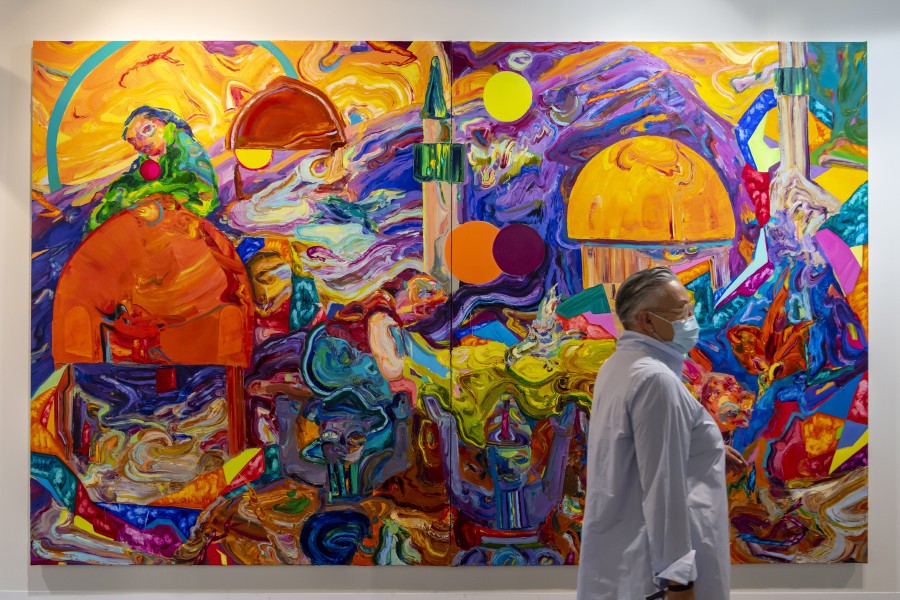Over the last two decades or so, fine arts education in Malaysia's higher learning institutions has highlighted vocational and technological aspects at the expense of the artistic essence and content.
Even though fine arts education in Malaysia is often placed under the "umbrella" of the humanities, its emphasis and orientation have changed considerably in that it is rarely accompanied by humanities and social science courses.
As a result, there is an urgent need to revert to a basic, humanistic approach to teaching fine arts.
First, practical, skill-based courses should be taught hand-in-hand with arts-related theoretical subjects that deal with appreciation, theory and criticism, history, and aesthetics (philosophy). This exposure is of central importance because it lays the foundations of fine arts education.
Today's academic approach to fine arts is limited and worrying, for, as I have observed, it has the very likely potential to deprive students of the fundamentals, including arts literacy and appreciation, which are vital for all fine arts students.
Second, it is crucial that fine art students be exposed to some humanities and social science courses, such as literature, language, sociology, anthropology, psychology and political science.
Or, they may study subjects taken from emerging fields such as visual culture, cultural studies, digital cultures, post-colonial studies, and heritage and memory studies — all of which entail critical reflection and interdisciplinary engagement.
The humanities and social sciences can imbue a range of artworks or creative creations with insight, substance and specific worldviews, which give students a bonus in terms of providing them with a "culture of knowledge" or "climate of opinions".
The humanities may train fine arts students to analyse and argue imaginatively and analytically, to confront ambiguity, and to reflect sceptically about received truths.
On the one hand, the humanities may provide students with the skills and confidence to express their ideas, creativity, and to create artworks with a broader appeal while pushing the boundaries and thinking outside the box.
And, on the other, it may alert them about the prospect of reclaiming their roots, exploring what is indigenous, local or regional — a tendency that may not only enrich the art students' learning experience and exposure, but also help decolonise their way of thinking and enhance their worldview.
The study of fine arts should extend beyond the narrow confines of industry and marketplace — the absolute measure of all things academic today! What is equally imperative is that fine art students or graduates should be able to apply and reflect on what they have learned with regard to fine arts and the cognates within their everyday life realities and experiences.
Art should not be relegated totally to its decorative and showcasing functions, for example, the one hanging on the wall of our office or being performed for the tourists. Art can be relevant if it explores important questions, values, the imagination, and our place in the multi-faceted world — physical and spiritual.
In the wake of digitisation and the convergences that have been changing the landscape of creative endeavours, the humanities have become even more relevant and indispensable than before.
In this respect, and by virtue of the interpretation of specific phenomena, the humanities may push us to draw connections between the arts and other academic domains, such as social and hard sciences.
In fact, in some areas, the gap between the sciences and the arts has begun to narrow.
Fine arts education in Malaysia should be given its due attention considering that the field has long been perceived and treated with disdain by administrators and "proper" academics alike.
Yet, without the humanities serving as a close affinity or supplement to fine arts education, the latter would become formulaic and akin to a body without a soul.
The writer is a senior lecturer at the Faculty of Film, Theatre and Animation, Universiti Teknologi Mara (UiTM)





